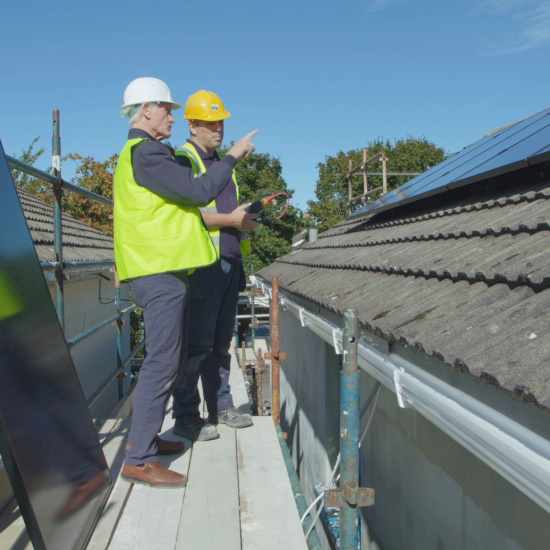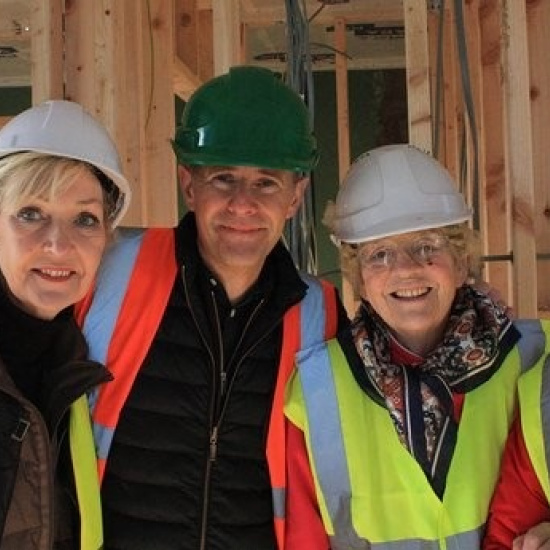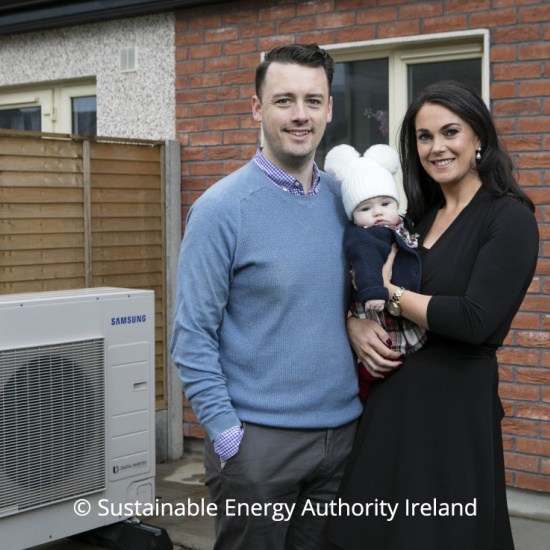Take control of your energy bills
With the clocks going back this weekend signalling the arrival of wintertime, we're encouraging homeowners to take control of their winter energy bills.

By reducing the amount of energy used in the home, homeowners can permanently reduce the impact of rising energy costs on their household budget and reduce their impact on the climate, without compromising on comfort.
SEAI has some great energy advice for homeowners to consider, ranging from simple lifestyle adjustments, to more impactful home energy upgrades that will increase the comfort and efficiency of your home into the future.
Heat it when you need it
Make clever use of thermostats, timers and controls
You can reduce your heating bill by 10% by simply lowering the thermostat by just one degree. Turn the thermostat for your living areas down to 20°C. The temperature in hallways and bedrooms should be cooler, ideally between 15-18°C. Once you've adjusted the thermostat use timers to control when you heat your home. Set it to have your heating on at set times when you are at home and off when you are out. Use the control on your immersion heater to heat only your water when required. By using heating controls, you can save up to 20% on your heating bill.
Take climate action at homePlan your Home Energy Upgrade
For long term home comfort and reduce energy bills why not start planning your home energy upgrade now. This should be done in three steps. Following this process gives you the best results for your investment at every stage.
Step One - Get a BER Assessment
A Building Energy Rating or BER assessment is carried out by a SEAI registered assessor. The assessment now comes with a detailed advisory report, tailored to your home. The report will tell you what home energy upgrades your home needs to meet the modern standard for comfort and energy efficiency. The personalised report also sets out what supports are available to help fund the works, so you can decide which upgrades you want to carry out.
Step Two - Insulate
A home loses up to 30% of its heat through the walls and 30% through a poorly insulated attic. Investing in insulation will help to keep your valuable heat inside your home increasing your comfort and reducing your heating bills. If you complete this step you will have a warmer home that is cheaper to run for many winters to come.
Step Three - Add Renewables
Adding renewable energy to your home will reduce your energy bills and support the move away from polluting fossil fuels. The most popular renewable systems are heat pumps, solar water heating panels and solar photovoltaic panels. You should always ensure your home is well insulated before considering installing renewable systems.
More information on home energy upgrades grants and supports



